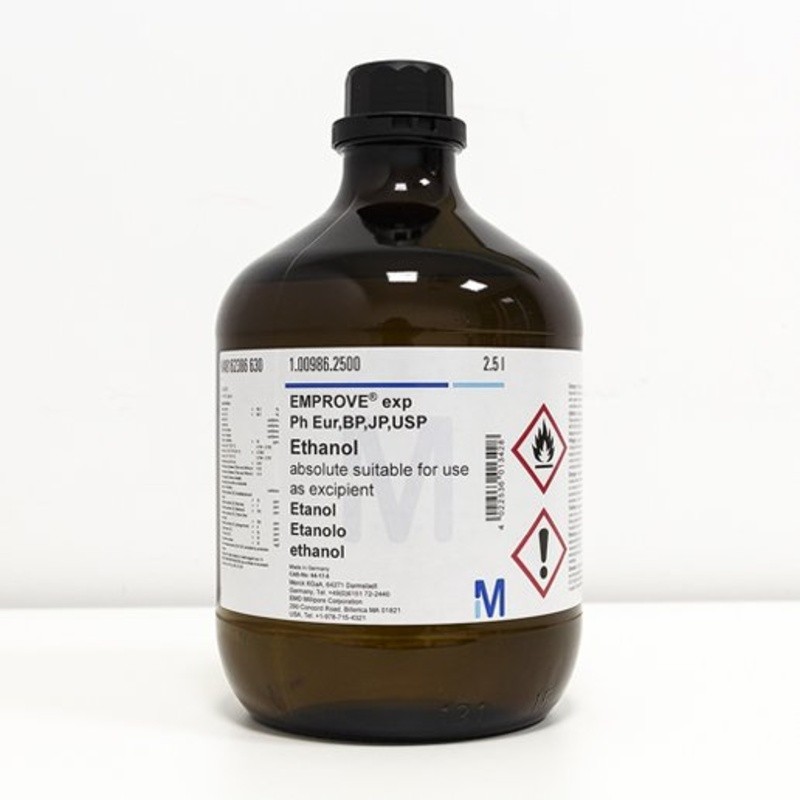
Price :
৳7500
৳8500
Estimated Shipping Time: Deliveries take up to 3-5 days after you place your order.
Uses: Lab Essentials
Product SKU: quF5248ltg
If you'd like to know more about this chemical or need any analysis report regarding this chemical then contact us support@echem.com.bd
|
CAS
number |
64-17-5 |
|
|
EC
index number |
603-002-00-5 |
|
|
EC
number |
200-578-6 |
|
|
Hill
Formula |
C₂H₆O |
|
|
Chemical
formula |
C₂H₅OH |
|
|
Molar
Mass |
46.07 g/mol |
|
|
HS
Code |
2207
10 10 |
|
|
|
|
|
|
|
|
|
|
Boiling point |
78.3 °C (1013 hPa) |
|
|
Density |
0.79 g/cm3
(20 °C) |
|
|
Explosion limit |
3.1 - 27.7 %(V) |
|
|
Flash point |
13 °C |
|
|
Ignition temperature |
425 °C |
|
|
Melting Point |
-114.5 °C |
|
|
pH value |
7.0 (10 g/l, H₂O,
20 °C) |
|
|
Vapor pressure |
57.26 hPa
(19.6 °C) |
|
No Review Found.
Login To Comment